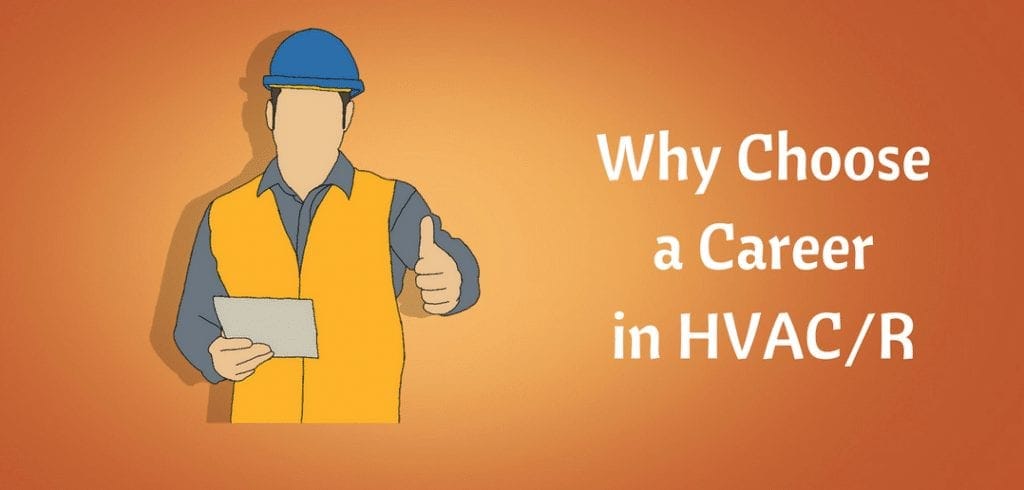The Ultimate Guide To Understanding Heat Pumps - Exactly How Do They Work?
The Ultimate Guide To Understanding Heat Pumps - Exactly How Do They Work?
Blog Article
Article Created By-Steenberg Montoya
The most effective heatpump can conserve you significant quantities of cash on power expenses. They can additionally help in reducing greenhouse gas emissions, specifically if you make use of electricity instead of fossil fuels like gas and home heating oil or electric-resistance heaters.
Heat pumps function quite the like air conditioners do. This makes them a feasible choice to standard electric home heating unit.
Exactly how They Function
Heat pumps cool down homes in the summer season and, with a little aid from electrical power or natural gas, they provide several of your home's heating in the winter season. They're an excellent choice for people who wish to lower their use fossil fuels however aren't ready to change their existing furnace and air conditioning system.
They depend on the physical truth that also in air that appears as well cold, there's still energy existing: warm air is constantly moving, and it wishes to move into cooler, lower-pressure environments like your home.
Many power STAR accredited heat pumps run at close to their heating or cooling ability throughout a lot of the year, lessening on/off biking and conserving energy. For the very best efficiency, focus on systems with a high SEER and HSPF rating.
The Compressor
The heart of the heatpump is the compressor, which is also known as an air compressor. This mechanical moving gadget utilizes potential power from power development to boost the stress of a gas by reducing its volume. It is different from a pump because it only services gases and can't deal with liquids, as pumps do.
Climatic air goes into the compressor via an inlet valve. It circumnavigates vane-mounted arms with self-adjusting size that split the inside of the compressor, producing numerous dental caries of differing size. The rotor's spin forces these dental caries to move in and out of phase with each other, pressing the air.
The compressor reels in the low-temperature, high-pressure refrigerant vapor from the evaporator and compresses it into the warm, pressurized state of a gas. This process is duplicated as needed to provide heating or air conditioning as needed. The compressor additionally contains a desuperheater coil that reuses the waste warmth and adds superheat to the cooling agent, changing it from its fluid to vapor state.
The Evaporator
The evaporator in heatpump does the very same point as it does in refrigerators and ac system, changing fluid cooling agent into an aeriform vapor that eliminates warm from the room. Heatpump systems would certainly not work without this vital tool.
This part of the system is located inside your home or structure in an interior air trainer, which can be either a ducted or ductless unit. It includes an evaporator coil and the compressor that compresses the low-pressure vapor from the evaporator to high pressure gas.
Heat pumps soak up ambient heat from the air, and then make use of electrical power to transfer that warmth to a home or service in heating setting. That makes them a great deal more energy reliable than electrical heating systems or furnaces, and since they're utilizing tidy electrical power from the grid (and not burning gas), they likewise generate far less discharges. That's why heatpump are such wonderful ecological choices. (As well as a massive reason that they're becoming so popular.).
Read Home Page .
Heat pumps are excellent alternatives for homes in chilly climates, and you can utilize them in combination with typical duct-based systems or even go ductless. https://riverfvivg.mybuzzblog.com/8891346/heat-pump-vs-furnace-which-is-the-better-heating-alternative-for-your-home 're a great different to fossil fuel heating unit or conventional electrical heating systems, and they're extra lasting than oil, gas or nuclear heating and cooling tools.
Your thermostat is one of the most crucial element of your heatpump system, and it functions very in a different way than a conventional thermostat. All mechanical thermostats (all non-electronic ones) work by using compounds that alter size with raising temperature level, like coiled bimetallic strips or the broadening wax in a car radiator shutoff.
https://www.consumerreports.org/fuel-economy-efficiency/10-tips-to-get-the-most-out-of-a-tank-of-gas-a2642110189/ include 2 various kinds of metal, and they're bolted together to develop a bridge that completes an electrical circuit connected to your cooling and heating system. As the strip obtains warmer, one side of the bridge increases faster than the other, which causes it to bend and indicate that the heating unit is required. When the heatpump is in home heating setting, the turning around valve turns around the flow of refrigerant, to ensure that the outdoors coil now works as an evaporator and the interior cylinder ends up being a condenser.